10 Ways Your eCommerce Businesses Can Use APIs

Business and technology leaders increasingly talk about how all industries must adapt to a data-driven, “contextual” world. While other sectors have the luxury of talking about this, eCommerce businesses must put it into practice now to stay competitive.
Data can help online retailers better understand their customers and better connect shoppers with the products they want and need. ‘Context’ means providing this information at the time when shoppers are making their buying decisions.
Application Programming Interfaces (APIs) are the connector bits that transform data into practical, useable business intelligence. APIs are also how retailers can send the right communications to shoppers on the right device, and at the right time.
Regardless of your level of technical prowess, any online retailer needs to understand what APIs are available to help them to provide a better shopping experience for their customers, and to improve their sales funnel.
Here are 10 types of APIs that online retailers are using in their businesses:
1. Product information APIs
Example: Semantics3
How they are being used: Using an API, you can connect your product catalog webpages directly with a global database that shares detailed information about the products you sell. You can use this type of API to display brand images, product descriptions, detailed product specifications, and full product titles directly from a global database of products. In this way you can auto-populate a product catalog content on your online retail website using a product information API. Ease of integration will depend upon your ecommerce platform.
2. Social proof APIs
Example: Twitter, Instagram, and Facebook APIs
How they are being used: Social proof in the form of Twitter comments, numbers of Facebook likes and product reviews are important trust signals to share with shoppers. Online jewelry retailer BaubleBar, for example, has made an art out of using social media trust signals, such as Instagram photo feeds of customers wearing their jewelry, as a way to give shoppers more confidence in buying products from them. Retailers can use APIs to stream social media feeds direct to their website and product pages. Widgets on product catalog platforms that allow you to show recent Twitter comments, for example, are powered behiond-the-scenes by the Twitter API.
3. Site search APIs
Example: Algolia
How they are being used:Providing advanced search features on your site can heighten the shopping experience for customers. Niche dog products retailer Cherrybrook, for example, use this to their advantage to help site visitors quickly drill down to particular product categories, and to discover unique brands or items they might otherwise have missed. For retailers with extensive content pages, a site search API can be installed onto your website to give visitors a less frustrating experience when they are trying to search for particular product items or detailed content buried in your many webpages.
4. Personalization APIs
Example: Gravity
How they are being used: Personalization APIs can help you organize your website content to better match the needs of each and every customer and site visitor. There are two main ways you can use personalization APIs. One way is to help you order what content you promote on your website based on a visitor’s previous visits and their buying history. (You can also use these personalization APIs to send more targeted sales emails to these customers, so you are only suggesting products to them that you know they are interested in.)
A second way you can use personalization APIs is to use an API that helps you understand your customer’s interests from their other web and social media behavior. These APIs use complex algorithms to reorder your website content so that it matches what your visitors have been talking about on Facebook, what they have been searching on Google, etc.
5. Marketing automation APIs
Example: Zapier
How they are being used:The beauty of using an automation service is that you don’t need to get your hands dirty writing code to be able to access the potentuial of APIs in your business. There are tools available that can help you automate business processes by using APIs for you. For example, you could automatically add any site customer to an email marketing list, and group them by what they bought or how much they spent so you can personalize your communications in future towards products you know they are interested in.
6. Shipping APIs
Example: Shipwire
How they are being used: Online retailers specializing in drop shipments can embed shipping and delivery APIs into their business model to provide a more trustworthy shopping experience. By using these APIs, retailers can automate processes from the sale right through to the parcel being delivered at your customers’ door. For example, the shipping API can be activated after a sale has been made on your website to trigger that a certain product should leave your supplier’s warehouse and be sent to your customer. The Shipping API can then provide a tracking tool to both you and your customer so that you can both watch along as the delivery is made to its final destination.
7. Price comparison APIs
Example: Indix
How they are being used: Being able to monitor your competitors’ pricing points is crucial to an online business. You can link your product catalog to a price comparison API and receive automatic reports that compare your product pricing levels to your competitors. You can analyze this information for price optimization (selling at the right price so that you can increase sales without losing profit), and to match competitors sales prices at specific times of the year such as the upcoming holidays.
8. Recommendation engine APIs
Example: Pinterest APIs
How they are being used: It is interesting to see how Random House are using the newly available Pinterest APIs to create a recommendation engine for their book catalog. As Pinterest readers pin book jacket covers to their Pinterest boards, Random House is able to add popular and trending product items to a webpage on their site that helps new customers scan items they may be interested in. This is a combination of using social proof as product endorsement, as well as helping customers come across new book buying ideas by reviewing what titles are currently most popular. There are also other recommendation engine APIs that can help online retailers create a suggested list of products to buy.
9. Affiliate APIs
Example: Amazon Affiliates
How they are being used: It is easy to start getting nervous about how much technical coding is involved in incorporating APIs into your website, but you may already be using APIs. If your site includes widgets that link to product items on Amazon, then chances are you are using the Amazon Affiliates API without even knowing it! These widgets are powered by Amazon’s APIs to help you display Amazon products on your website and to record when your customers buy an item, so that you can get your commission.
10. Anti-fraud APIs
Example: Sift Science
How they are being used: You can add an anti-fraud API to your business workflow so that when customers buy from you, their sales are routed via API through an anti-fraud algorithm to determine whether the sale raises any red flags for dodgy purchasing behavior. Anti-fraud APIs keep up to date with financial trends and the latest credit card scams and tag any sales information that has been completed that matches previous fraudulent practices.
A Business Not Using APIs Will Be Dead Within 10 Years
Market analysts are predicting that all businesses will need to be able to integrate a range of services and make use of data to personalize customer experiences or they will quickly become obsolete in the emerging economy. APIs are at the center of making all of this possible. Any online retail business not already making use of APIs will need to run to catch up as it is.
If your eCommercce business is not using APIs, make 2014 the year you get started.
Tagged API, eCommerce APIs



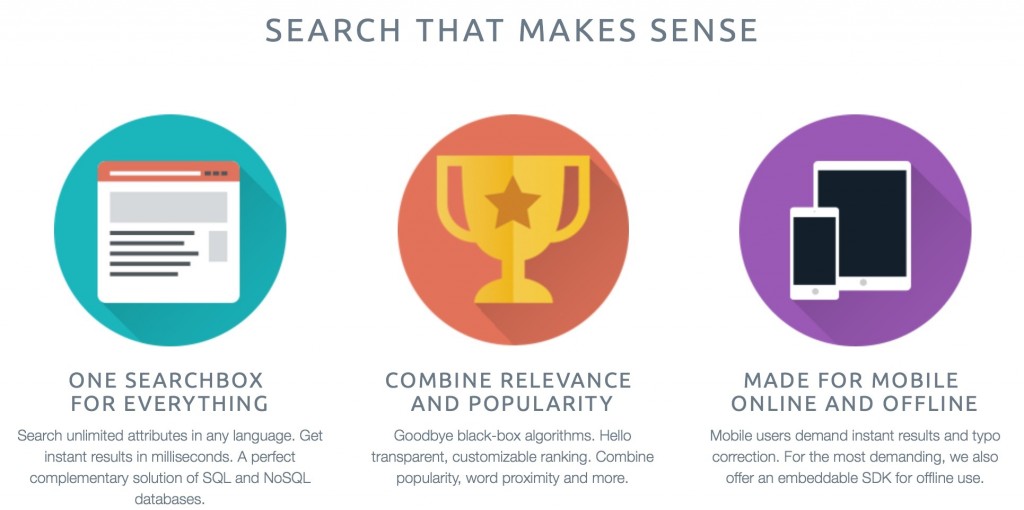
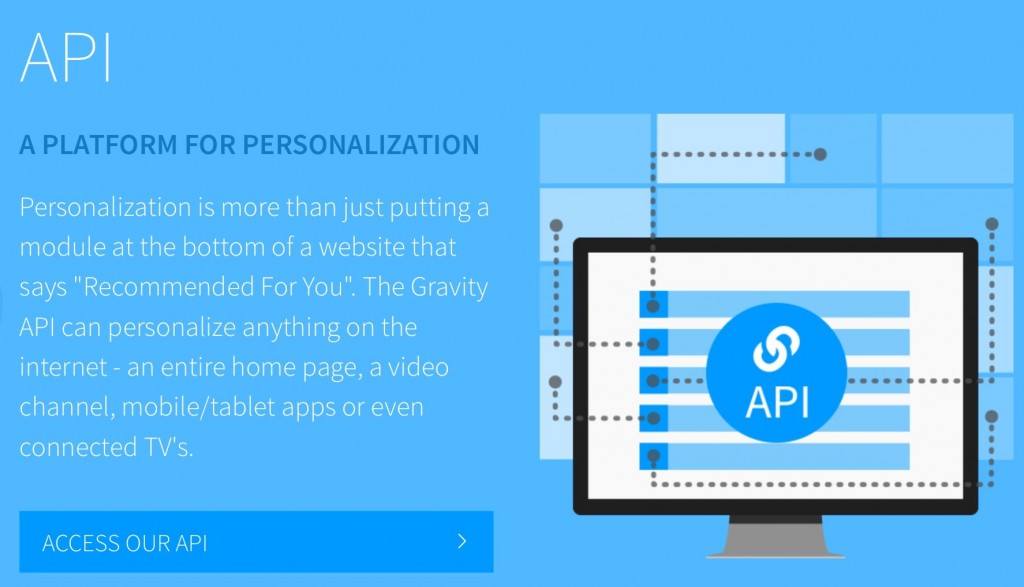
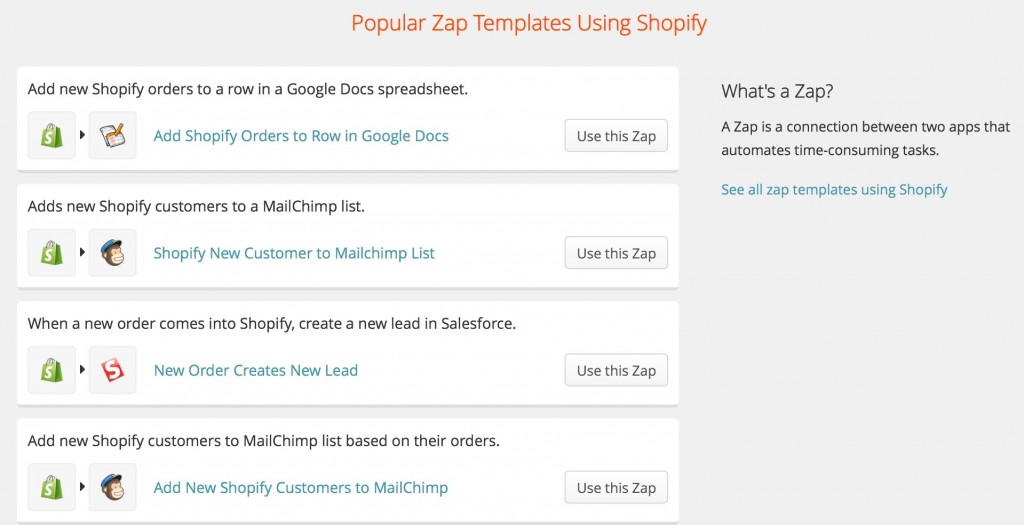
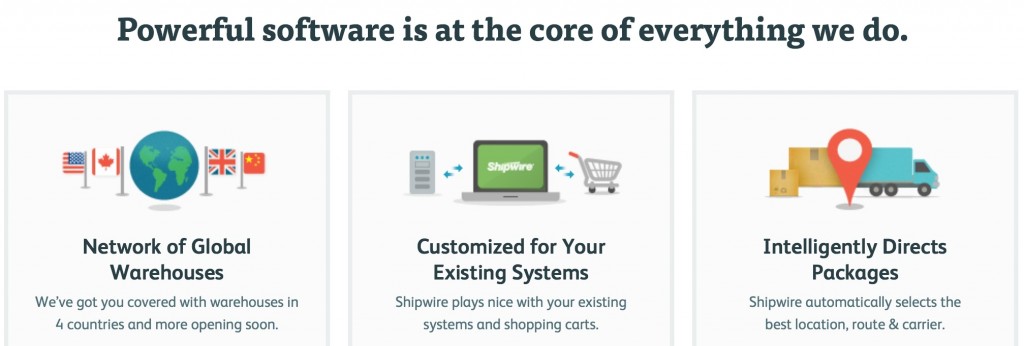
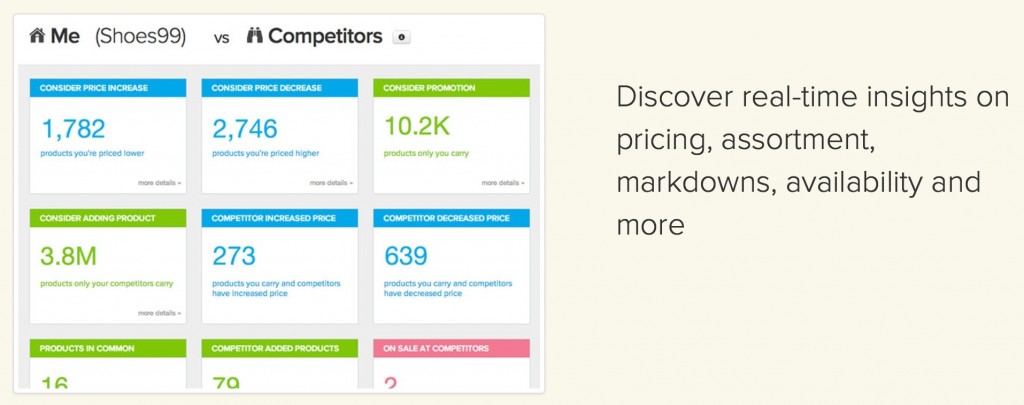

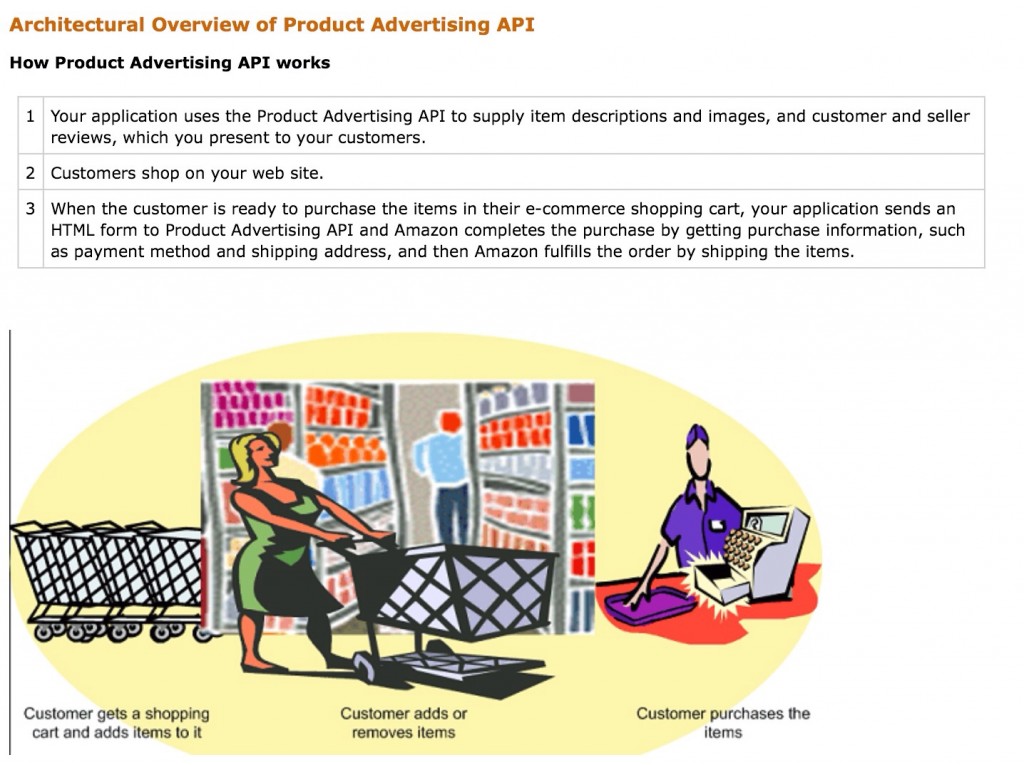
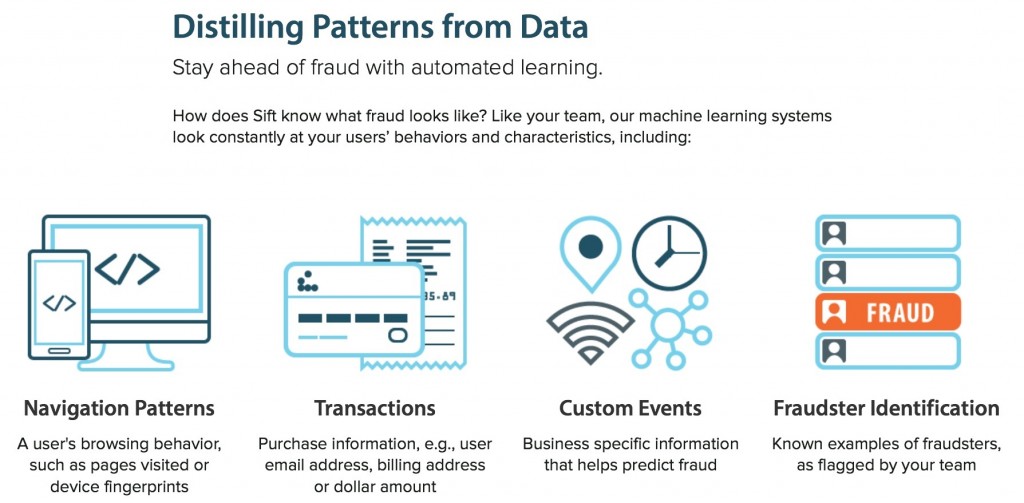





Interesting article there is indeed tons of APIs valuable for e-commerce businesses. I’m a former Head of Product at two ecommerce companies and I just wanted to add a few APIs and tools to the list:
Recommendation API
– Clerk.io (http://clerk.io/)
Business intelligence:
– RJmetrics (http://rjmetrics.com/)
Payment API
– Stripe
– Braintree
– Paymill (https://www.paymill.com/)
Shipping API
– shipbeat (http://shipbeat.com/)
Full disclosure – I’m a co-founder of shipbeat. Shipbeat help ecommerce companies by providing a gateway to your shipping partners much like stripe and braintree do your for payment services. We do this via one single modern shipping api.
Great examples Kenneth, thanks for sharing these with eCommerce insiders.
Pingback: B2B eCommerce: A Best Practice Checklist for Success
Pingback: Sensedia